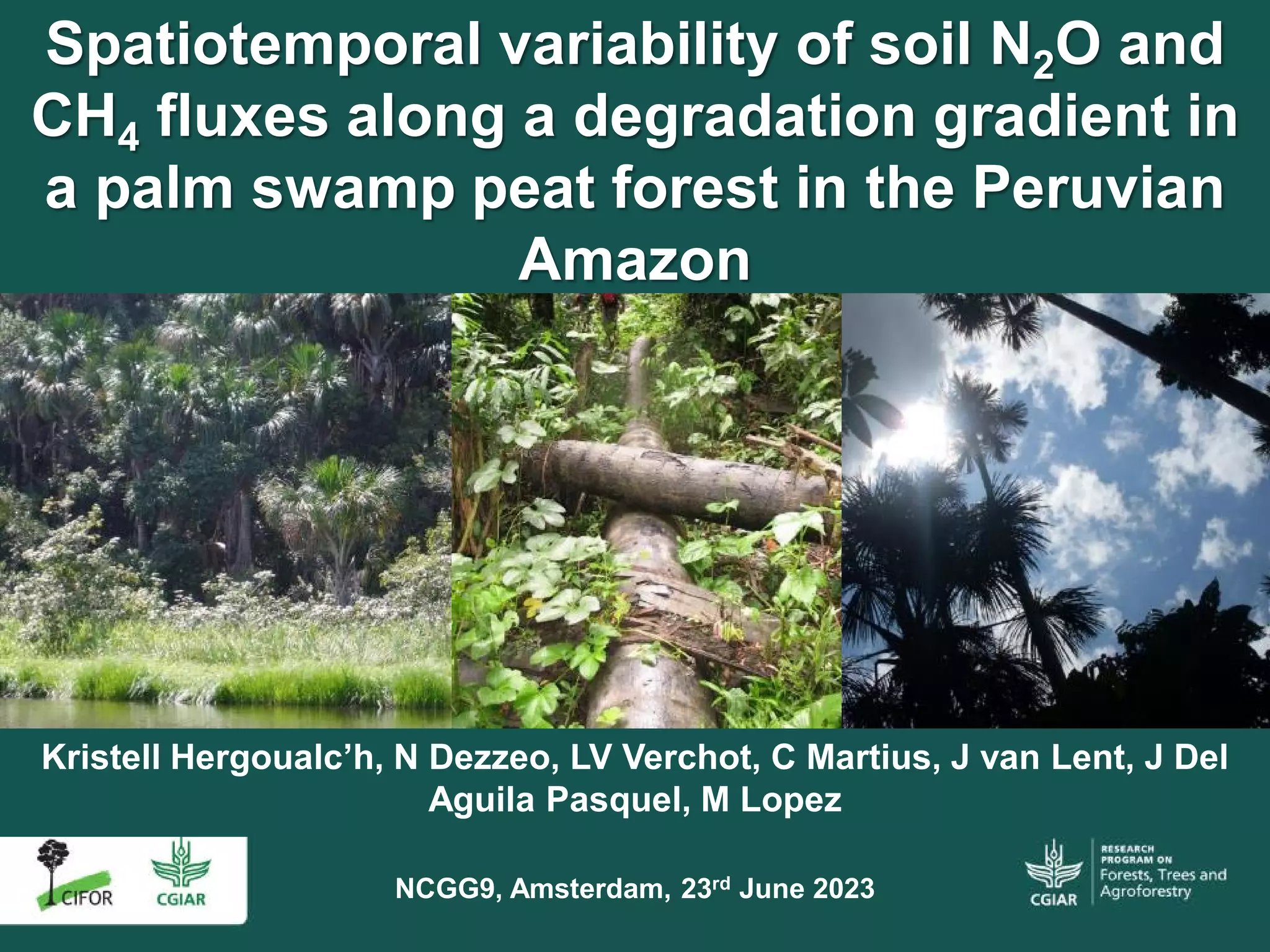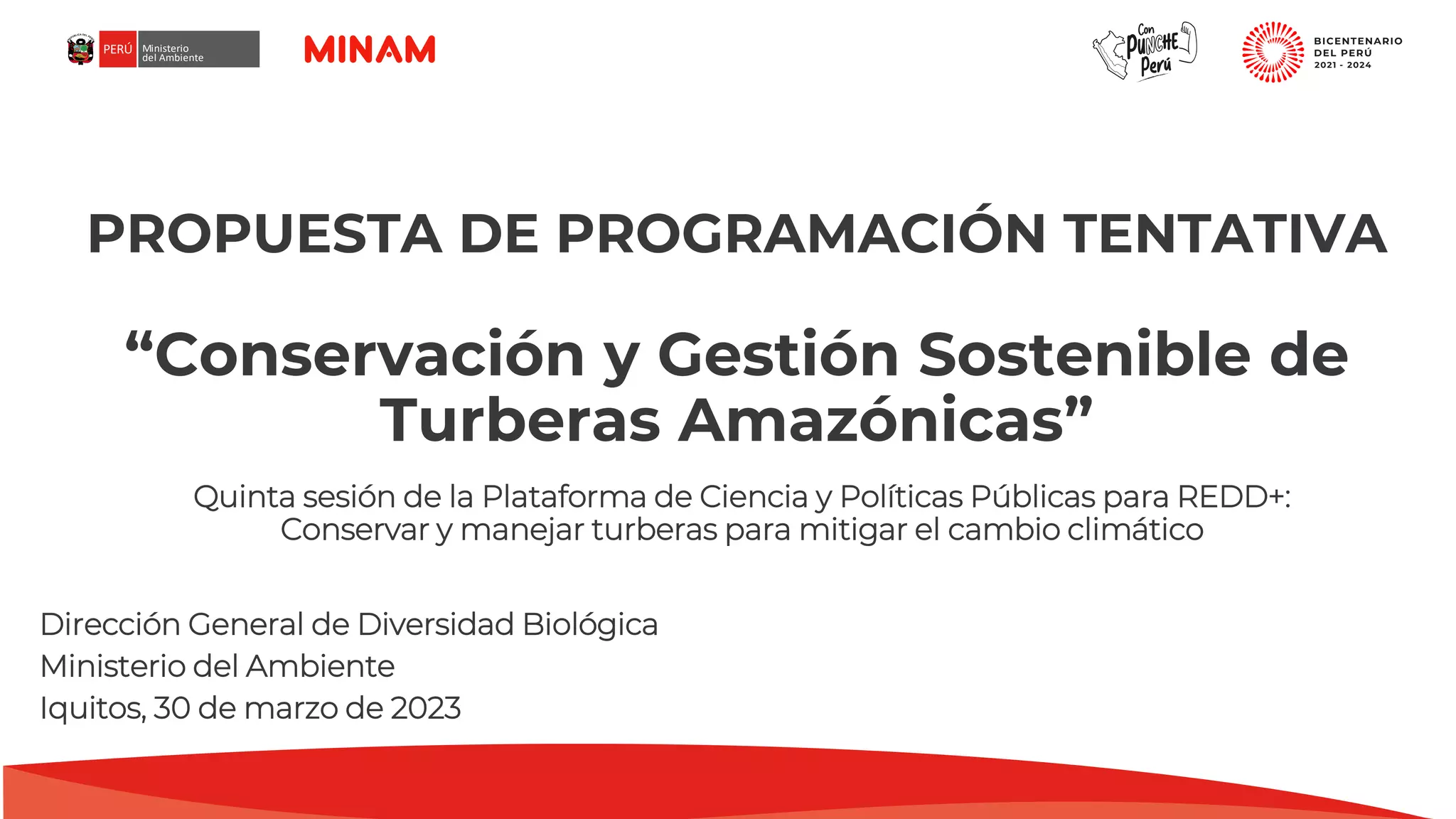
Severe devastation of Indonesia’s tropical peatlands leading to hydrometeorological disasters such as droughts, peat fire, haze pollution, and floods should be restored in order to ensure sustainable development. Sago palm (Metroxylon sagu Rottb.) paludiculture (high groundwater level and high peat moisture content) in peatlands can restore a degraded peatland ecosystem and simultaneously assimilate a large amount of carbon dioxide. The highest carbohydrate (starch) productivity was recorded as 24 t/ha, compared to other tropical food commodities such as rice (4–8 t/ha) and corn (5–10 t/ha). In addition, it has diversified products and good marketplace. Therefore, sago palm has big potential for food security at national level and economic security in local communities. This paper describes (1) the best practices of sago palm paludiculture at several locations, (2) the ability of sago palm canopy to mitigate hydrological and meteorological disasters, and (3) the community-based sago starch production.
Download:
 file
file

- Authors: Tampubolon, A.P., Turjaman, M., Osaki, M.
- Author Affiliation: Ministry of Environment and Forestry of Indonesia, Hokkaido University
- Subjects: sago, cultivation, peatlands, degraded land, local communities, paludiculture
- Publication type: Chapter-R
- Source: Osaki, M., Tsuji, N., Foead, N., Rieley, J., (eds). 2021. Tropical Peatland Eco-management. 363-377
- Year: 2021
- ISSN: 978-981-334-654-3
- DOI: https://doi.org/10.1007/978-981-33-4654-3_12


















